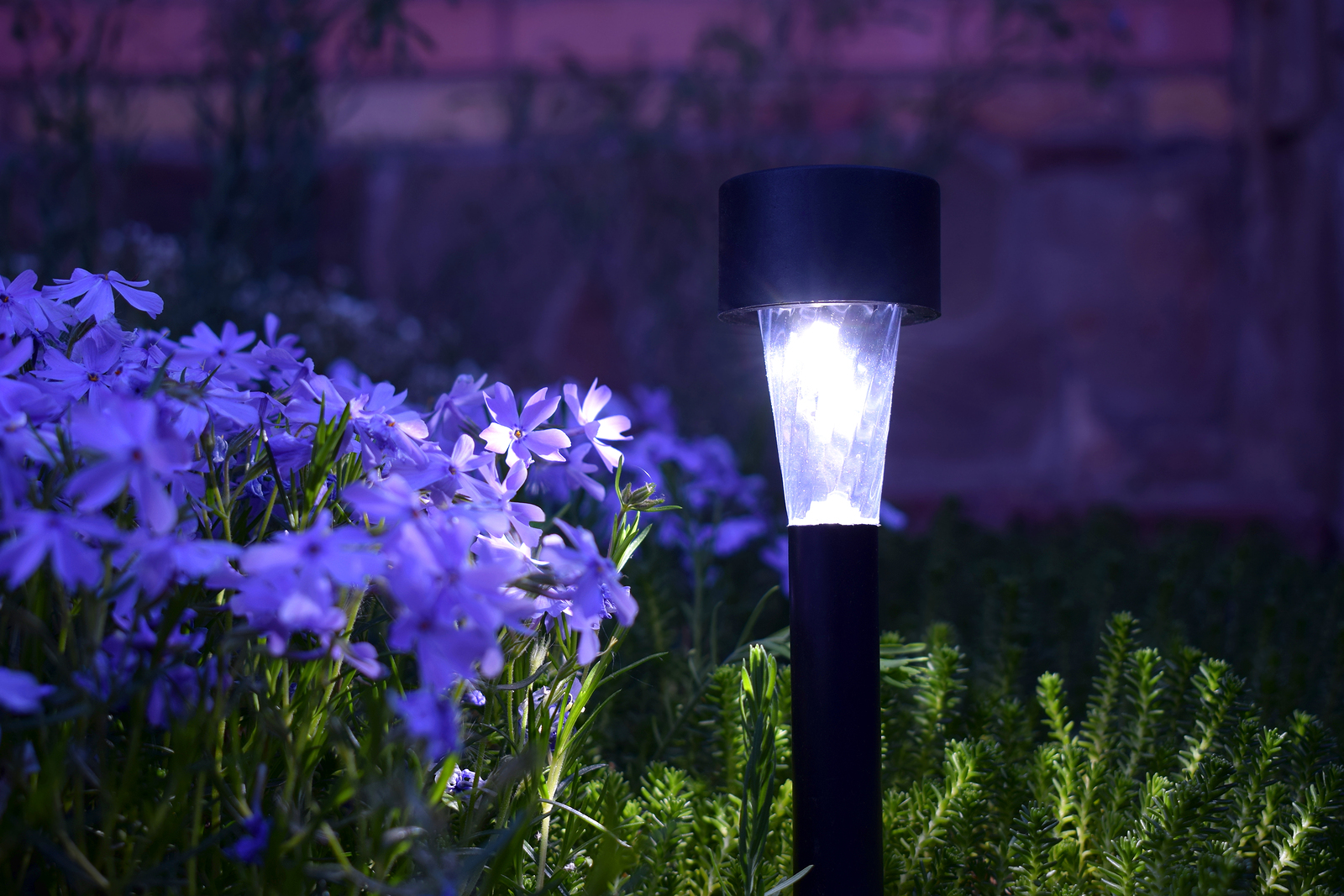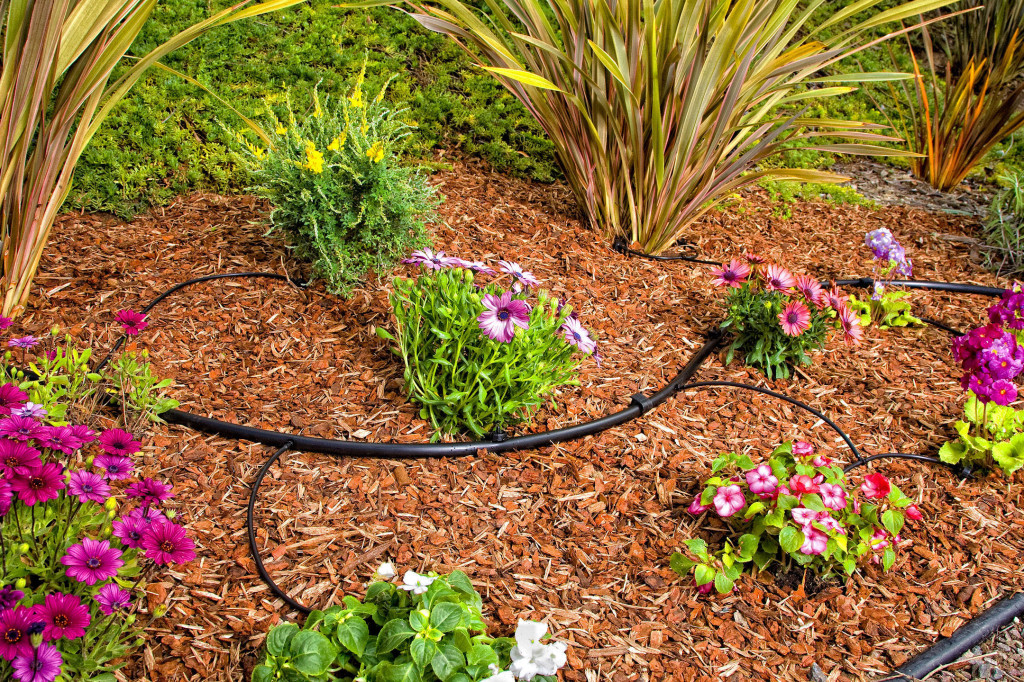
Summer is almost here! BBQ’s , swimming, or just lazing away the day in a hammock with a good book or a snooze — some of the best ways to spend a summer’s day. Read on if your backyard could use a bit of summer sprucing to make it more conducive to relaxing and enjoying your new landscaping.
Install edging for a tidier look in your landscaping
If that spot where your garden beds end and the lawn begins is beginning to look a bit blurred, it’s time to install a barrier between the two. That barrier is called “edging,” and it’s easier to install than you may assume.
You can check out the mountain of choices at your local garden or home improvement centre.
Want something a bit sleeker and sexier? Consider painted aluminium or steel. Although they cost about the same, we recommend aluminium for the DIYer because it’s lighter and easier to work with. If you insist on plastic, buy the most rigid edging you can find.
Edging, according to the pros, should be installed so that the top of it ends up 1.25cm above the soil.
Mega Mitre 10 offers an easy-to-follow walkthrough on the installation process.
Install drip irrigation
There’s no more efficient method of delivering water to your landscape than with a drip irrigation system. The best part? It’s surprisingly easy to install and maintain. You’ll find instructions all over the internet.
Large garden centres and home improvement stores sell kits to get you started and all the supplies you’ll need to maintain or add onto your system.

Mulch your garden beds
Garden mulch is undoubtably the workhorse of the landscaping. Not only does it help discourage weeds, but it helps the soil retain moisture, adds nutrients to the soil and acts as a temperature regulator for tender roots.
Mulch is manufactured from a variety of materials and comes in different textures and colors. Here are just a few of the types of mulch you’ll find in gardening centers:
- Rock
- Gravel
- Bark
- Rubber
- Straw
Whichever material you choose, you’ll need about 5 to 7 cms of mulch, spread over the soil, but kept at least 15cm from the base of the plants.
For additional information on mulch, how to apply it and why.
Light it up
You don’t need to hack your electrical system to add lights to the landscape. Spotlights, pathway lights and even strings of lights to hang over your patio or across the top of a fence all come in solar varieties. Stick them in the ground and let the sun replace electricity.
Check out these tips from Mega Mitre 10 on what to look for when you shop for solar landscaping lights:
- Choose lights that use LEDs for the light source. Not only do they tolerate harsh weather conditions better than other light sources, but “LEDs require less energy to produce light, so they are much more dependable,” according to the experts at Pegasus.
- Shop from among the most recent models to ensure that the photovoltaic cells (the part of the light that captures the sun’s energy to charge the batteries) are durable. Speaking of batteries, newer models contain “next generation batteries,” according to Lynn Coulter at HGTV.com. These batteries “can hold up to 2 ½ times the charge as older types,” she claims.
Create an outdoor dining oasis
Whether you’re bbqing or dining on take-out or kitchen-prepped cuisine, dinner on your own patio or balcony can be heavenly after a long day of work. If you already own a patio dining set, give it a fresh coat of paint.
If you need to shop for a set, and you’re on a tight budget, consider buying a used set and refurbishing it.
Happy and fun times on your new landscaping ideas.



